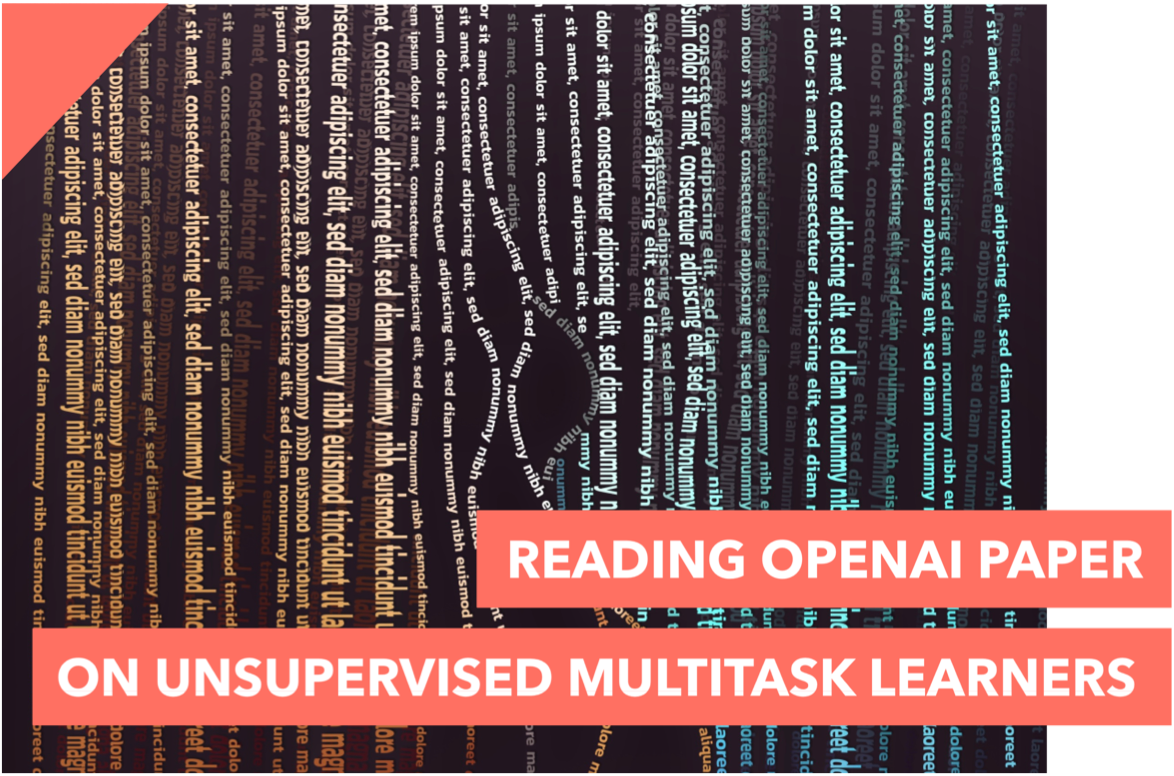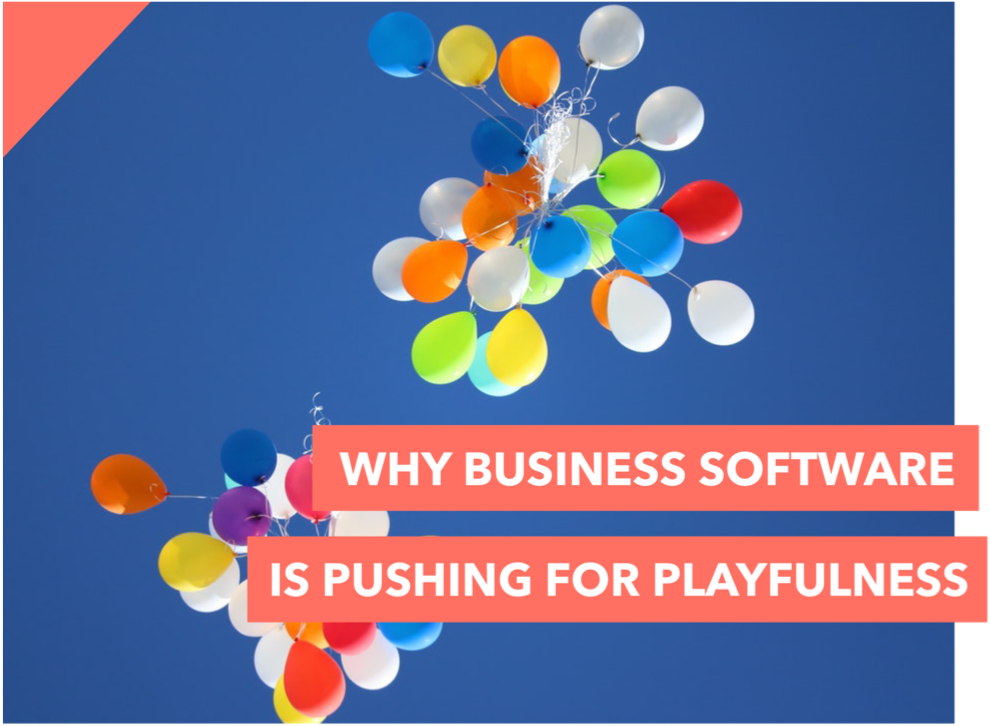A story on how high our expectation are in relation to what is actually tested and how actual results of Machine Learning models are often misinterpreted.
Continue ReadingWhy Business Software is Pushing for Playfulness
How a new software category for supporting exploration of ideas and group thinking emerges, fulfilling the vision of Alan Watts on transformation of work into play.
Continue Reading
